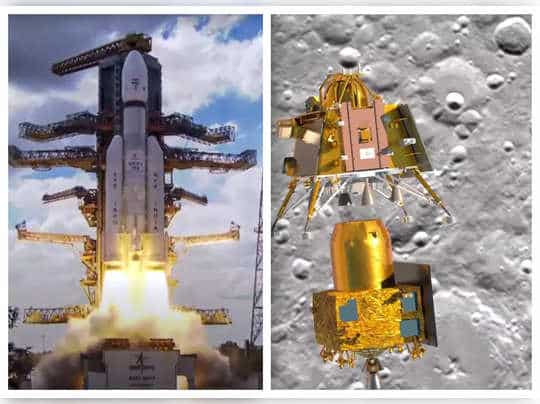Welcome to the online course on ChatGPT! In this course, you will learn everything you need to know about ChatGPT, the language model trained by OpenAI.
Lesson 1: Introduction to ChatGPT
A. What is ChatGPT?
ChatGPT is a language model developed by OpenAI that is capable of generating human-like responses to text prompts. It is a state-of-the-art language model that uses deep learning techniques to understand and generate natural language. ChatGPT is trained on a massive amount of text data from the internet, books, and other sources to learn patterns and relationships in language.
B. How was ChatGPT developed?
ChatGPT was developed by OpenAI using a neural network architecture called Transformers. The model was trained on a large corpus of text data using a pre-training and fine-tuning process. The pre-training process involves training the model on a large dataset to learn the basic structure of language, while fine-tuning involves adapting the model to a specific task.
C. What are the applications of ChatGPT?
ChatGPT has a wide range of applications, including text generation, language translation, and question answering. It can be used in chatbots, virtual assistants, and other conversational AI systems. It can also be used to generate text for creative writing, content creation, and even poetry.
Lesson 2: How ChatGPT Works
A. Neural Networks
Neural networks are a set of algorithms that are modeled after the structure and function of the human brain. They are used in deep learning to enable machines to learn from data and improve their performance on a specific task.
B. Pre-training and Fine-tuning
Pre-training involves training the model on a large corpus of text data to learn the basic structure of language. Fine-tuning involves adapting the pre-trained model to a specific task by training it on a smaller dataset.
C. Transformers
Transformers are a type of neural network architecture that is used in natural language processing. They are designed to handle long-range dependencies in language and can process input text in parallel, making them highly efficient.
Lesson 3: ChatGPT’s Capabilities
A. Text Generation
ChatGPT is capable of generating human-like text responses to prompts. It can be used to generate text for a wide range of applications, including chatbots, virtual assistants, and creative writing.
B. Language Translation
ChatGPT can be fine-tuned for language translation tasks. It can translate text from one language to another with a high degree of accuracy.
C. Question Answering
ChatGPT can be fine-tuned for question answering tasks. It can generate answers to questions based on the input text and can even provide explanations and additional information.
Lesson 4: Ethical Considerations with ChatGPT
A. Bias and Fairness
Like all machine learning models, ChatGPT can be biased if it is trained on biased data. It is important to ensure that the data used to train ChatGPT is diverse and representative of different groups to avoid perpetuating bias.
B. Misinformation and Disinformation
ChatGPT has the potential to generate false or misleading information if it is fed biased or inaccurate data. This can have serious consequences in fields such as journalism and public policy. It is important to monitor and fact-check the output of ChatGPT to prevent the spread of misinformation and disinformation.
C. Privacy and Security
ChatGPT can generate highly sensitive information based on user input. It is important to ensure that user data is protected and that measures are in place to prevent unauthorized access to the model.
Lesson 5: Future of ChatGPT
A. Advancements in Language Models
As technology continues to advance, we can expect to see even more powerful language models emerge. These models will be capable of handling more complex tasks and generating even more human-like responses.
B. Potential Applications
The potential applications of ChatGPT are virtually limitless. It can be used in a wide range of industries, from healthcare to finance to entertainment.
C. Impact on Society
The impact of ChatGPT on society is still being explored. While it has the potential to revolutionize the way we interact with technology, it also raises ethical concerns around bias, privacy, and security.
Exam Questions:
What is ChatGPT?
Answer: ChatGPT is a language model developed by OpenAI that is capable of generating human-like responses to text prompts.
How was ChatGPT developed?
Answer: ChatGPT was developed using a neural network architecture called Transformers. The model was trained on a large corpus of text data using a pre-training and fine-tuning process.
What are the potential applications of ChatGPT?
Answer: ChatGPT can be used in a wide range of industries, from healthcare to finance to entertainment.
What are some ethical considerations with ChatGPT?
Answer: Some ethical considerations with ChatGPT include bias and fairness, misinformation and disinformation, and privacy and security.
How can we prevent bias in ChatGPT?
Answer: We can prevent bias in ChatGPT by ensuring that the data used to train the model is diverse and representative of different groups.
Conclusion:
Congratulations, you have completed the online course on ChatGPT! You now have a solid understanding of what ChatGPT is, how it works, and its potential applications and ethical considerations. Keep exploring the world of AI and machine learning, and stay up-to-date with the latest advancements in technology.




